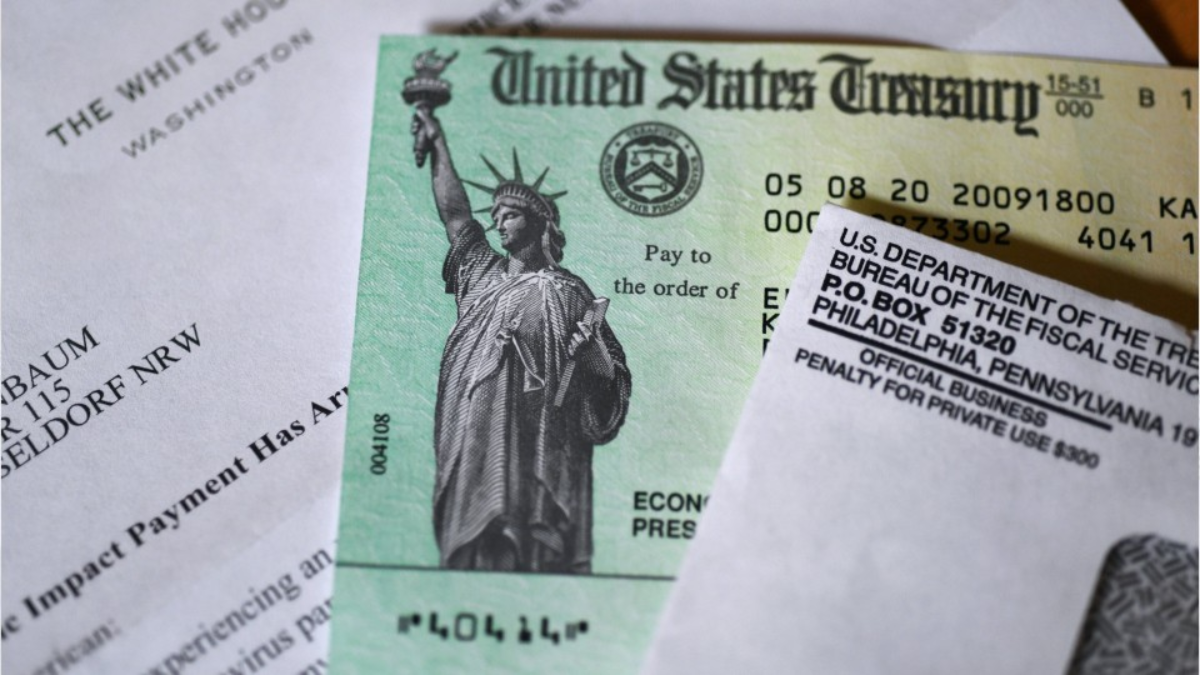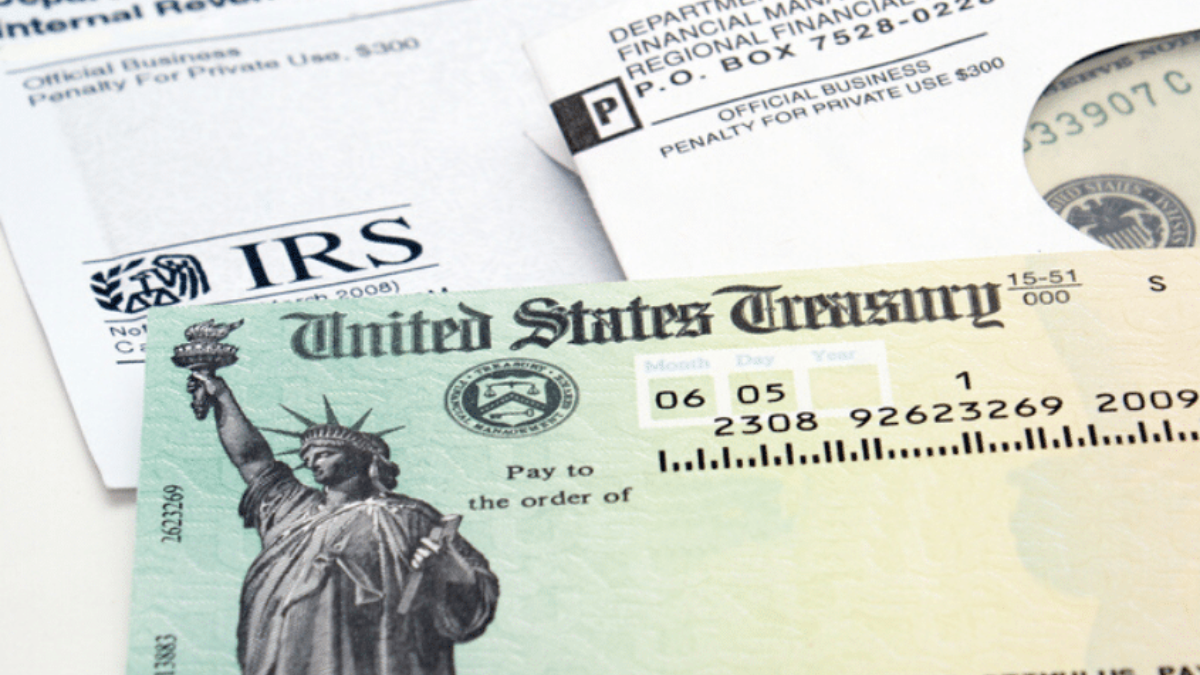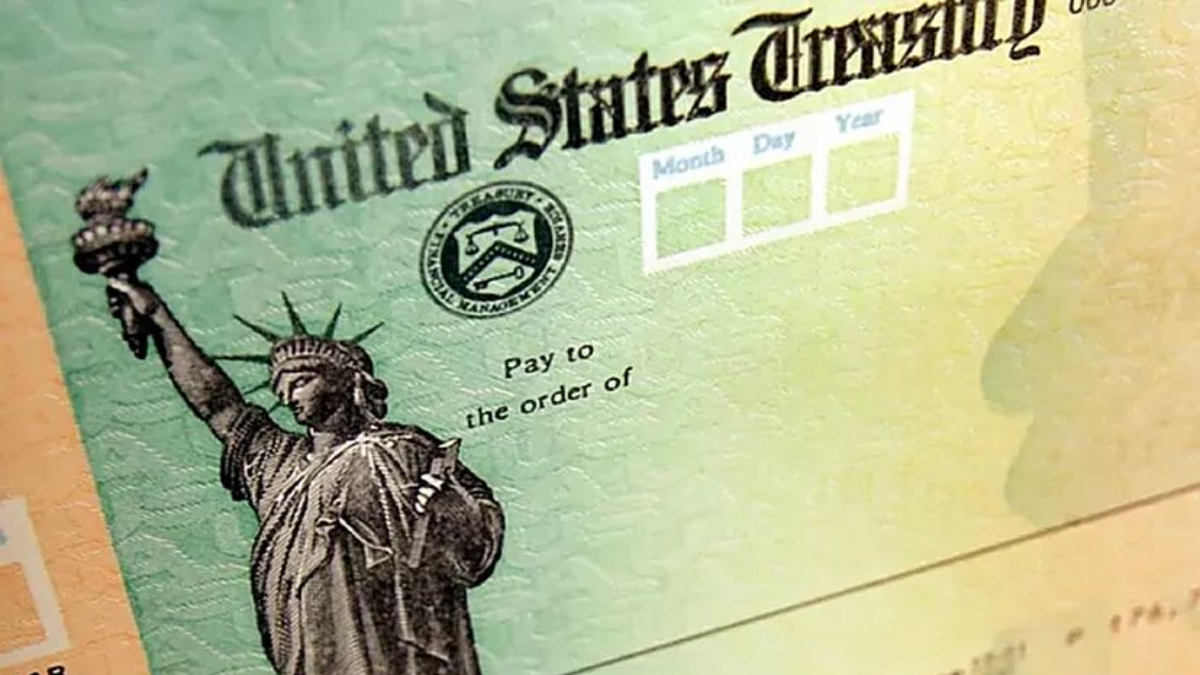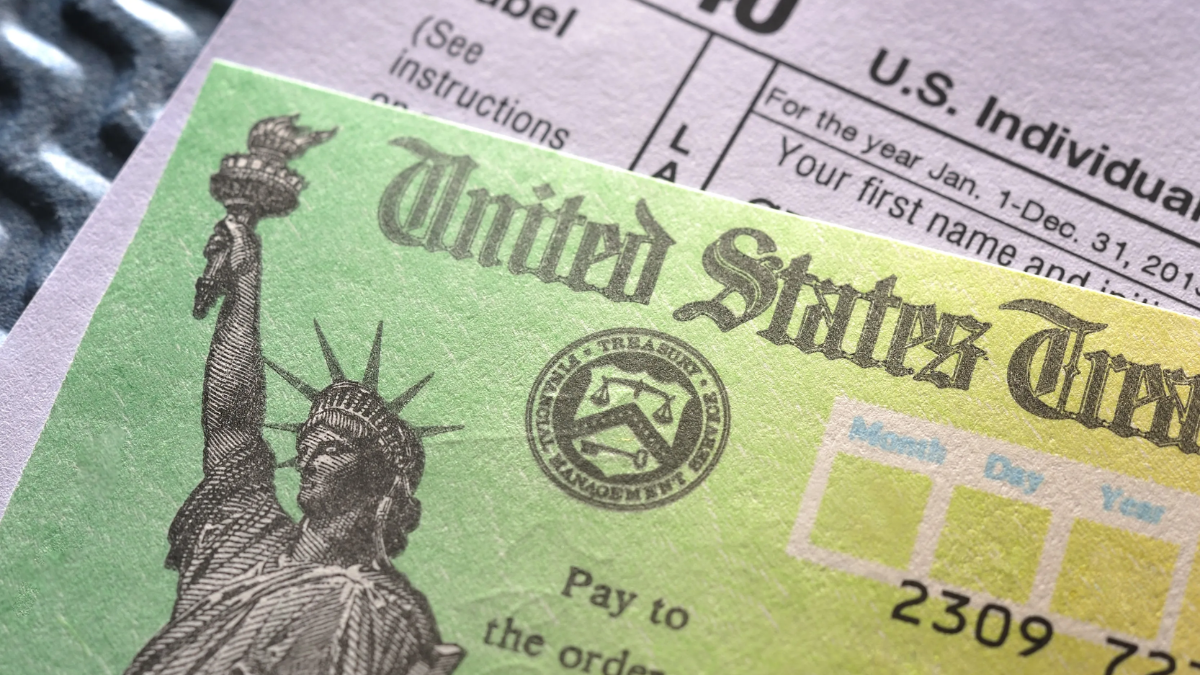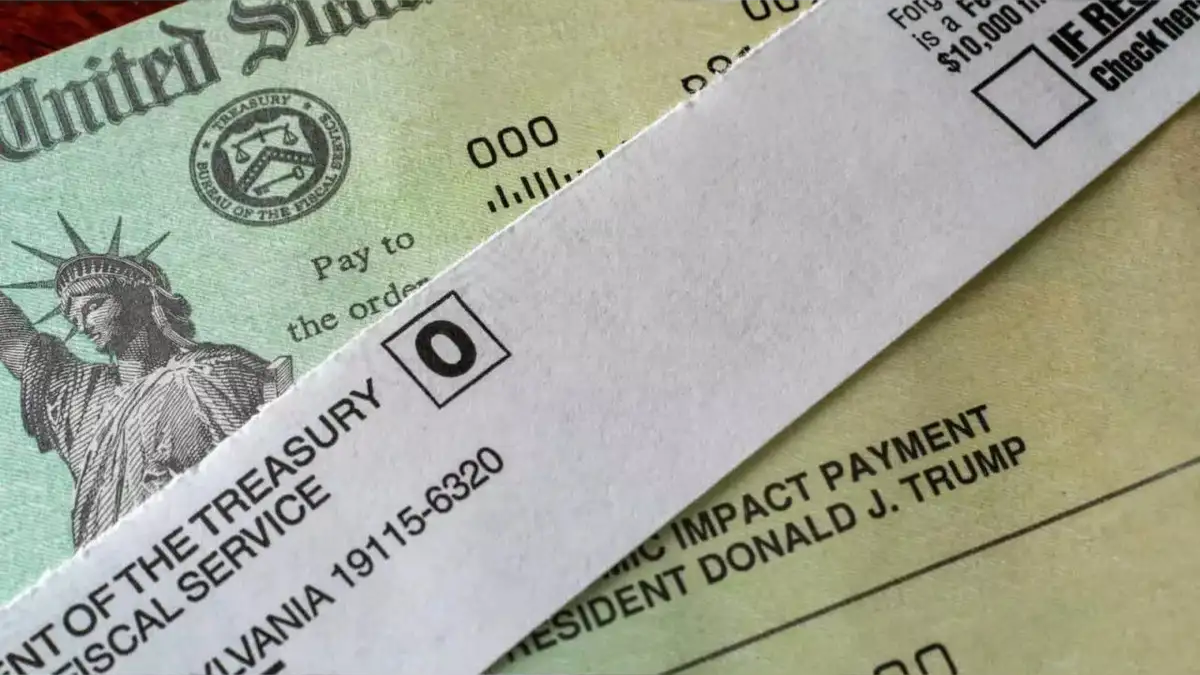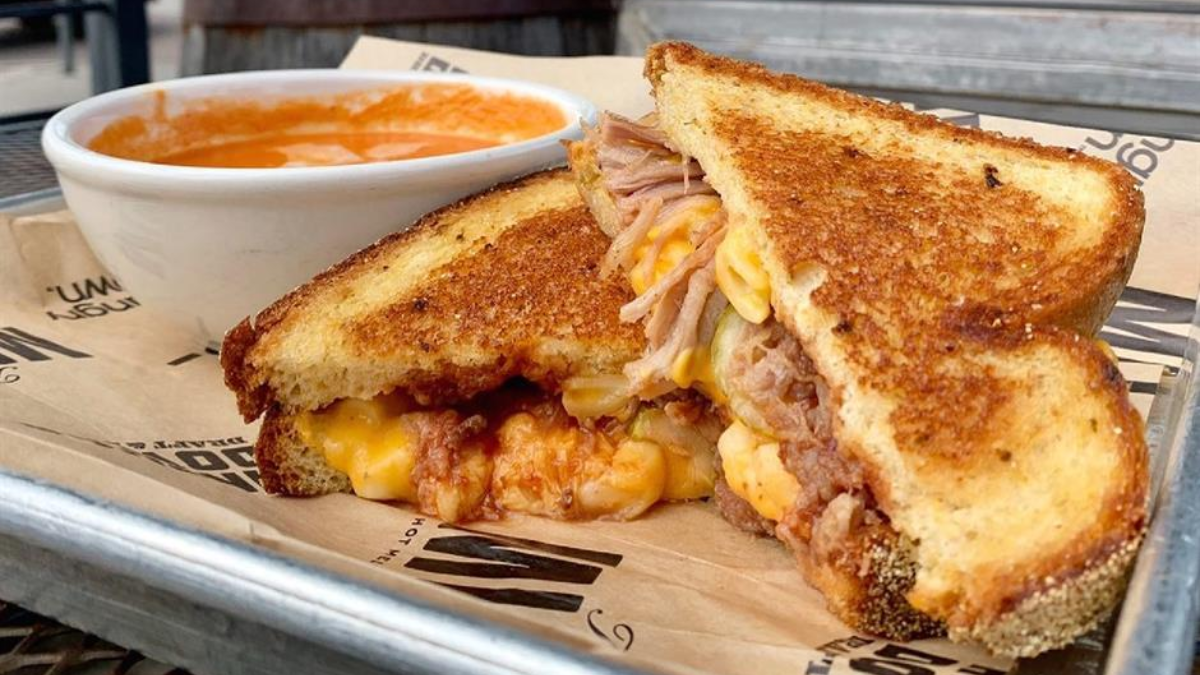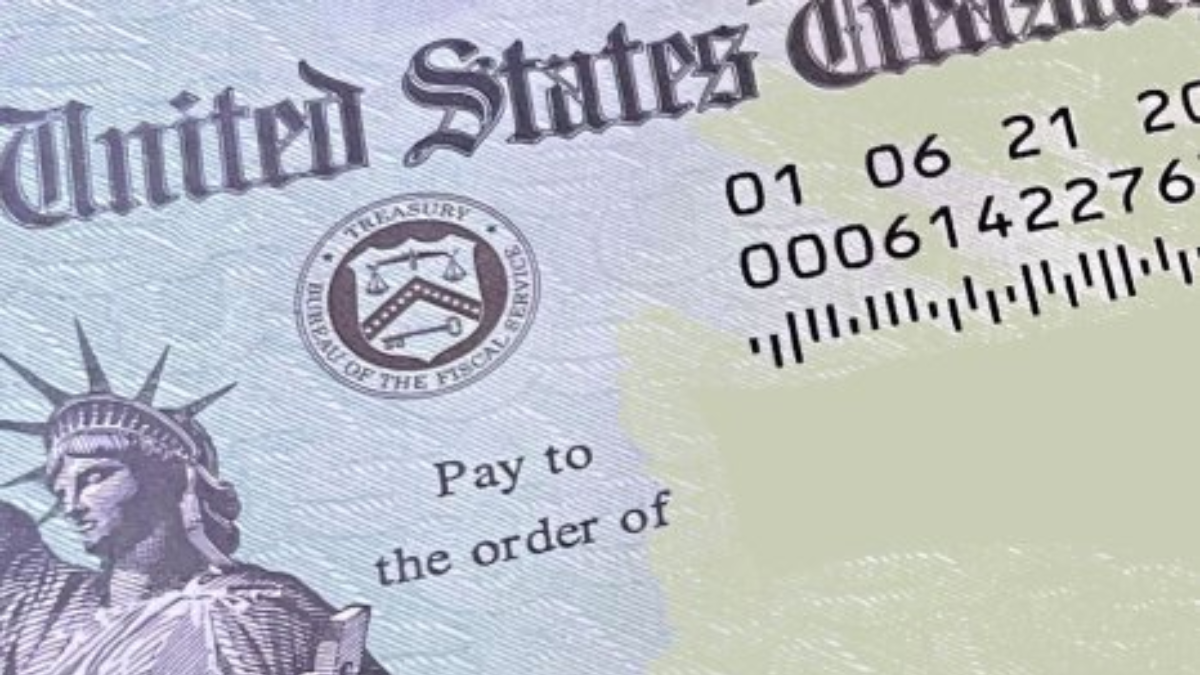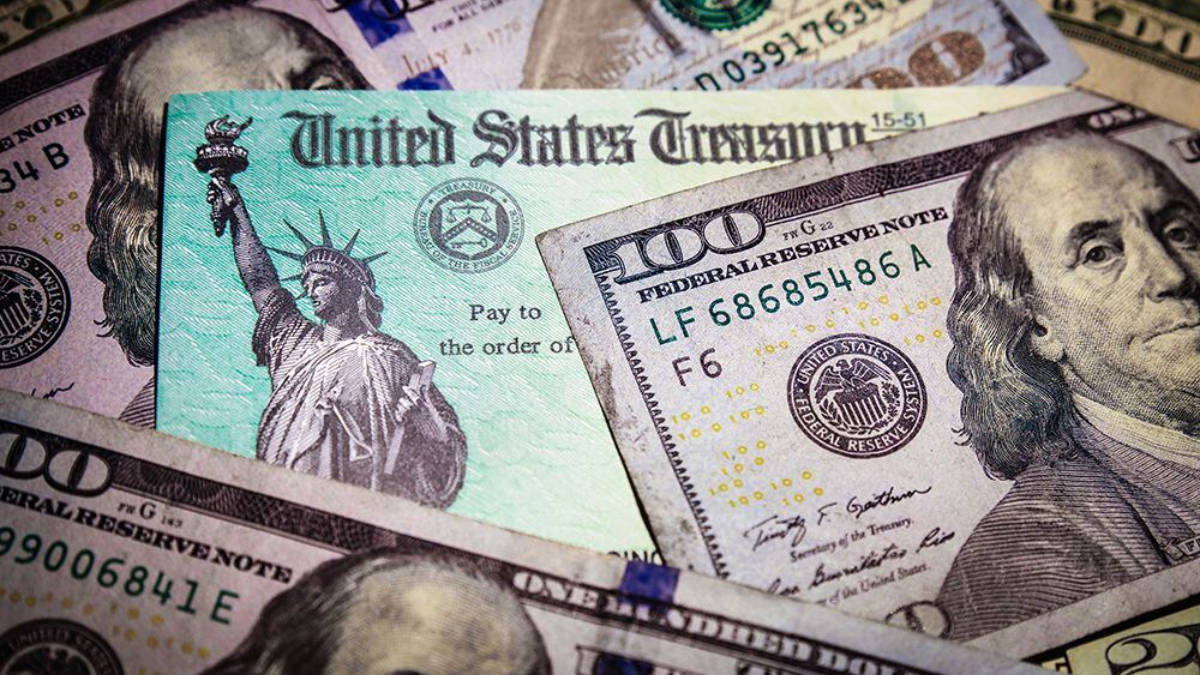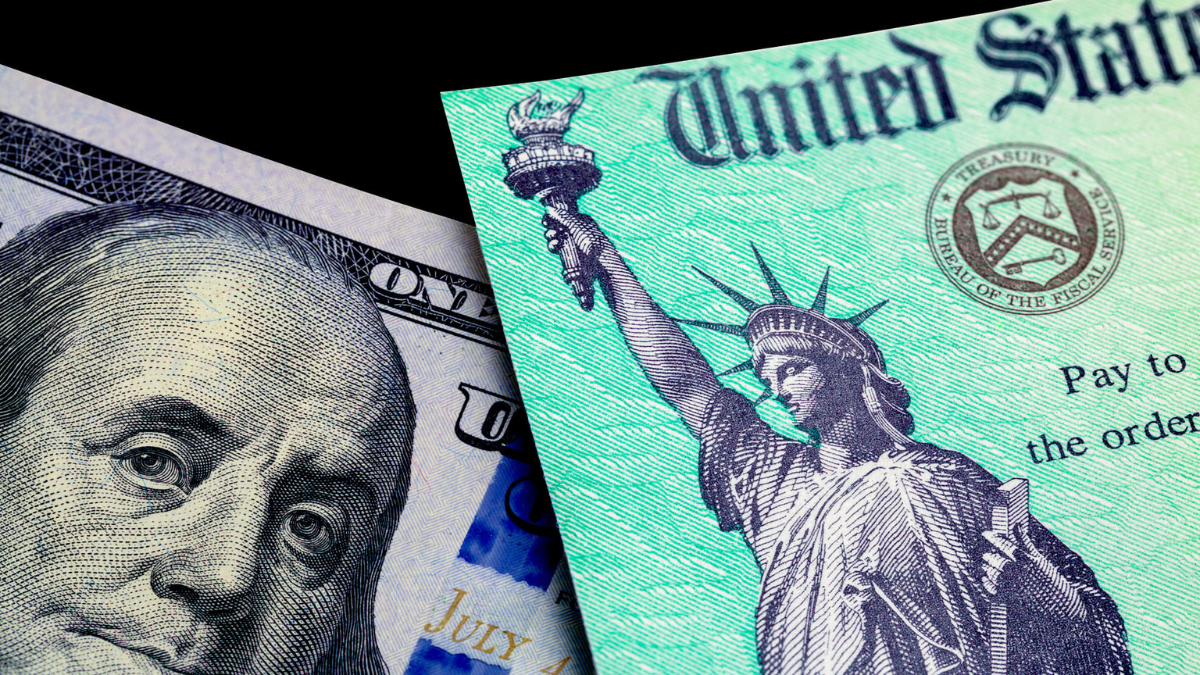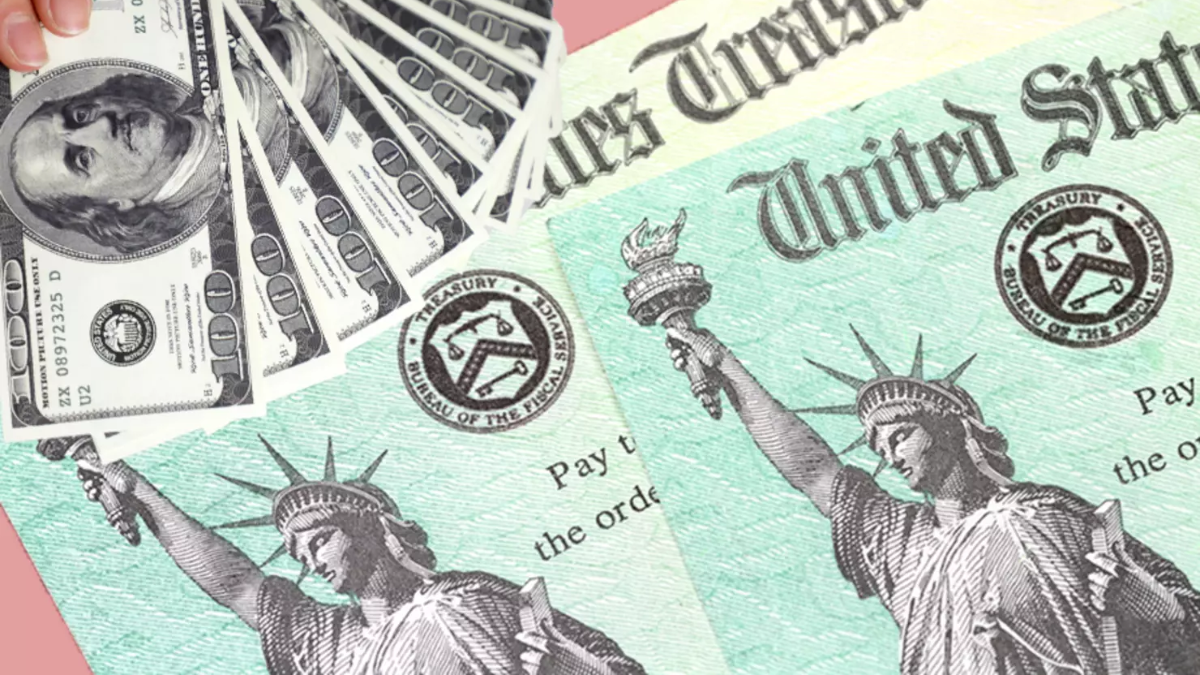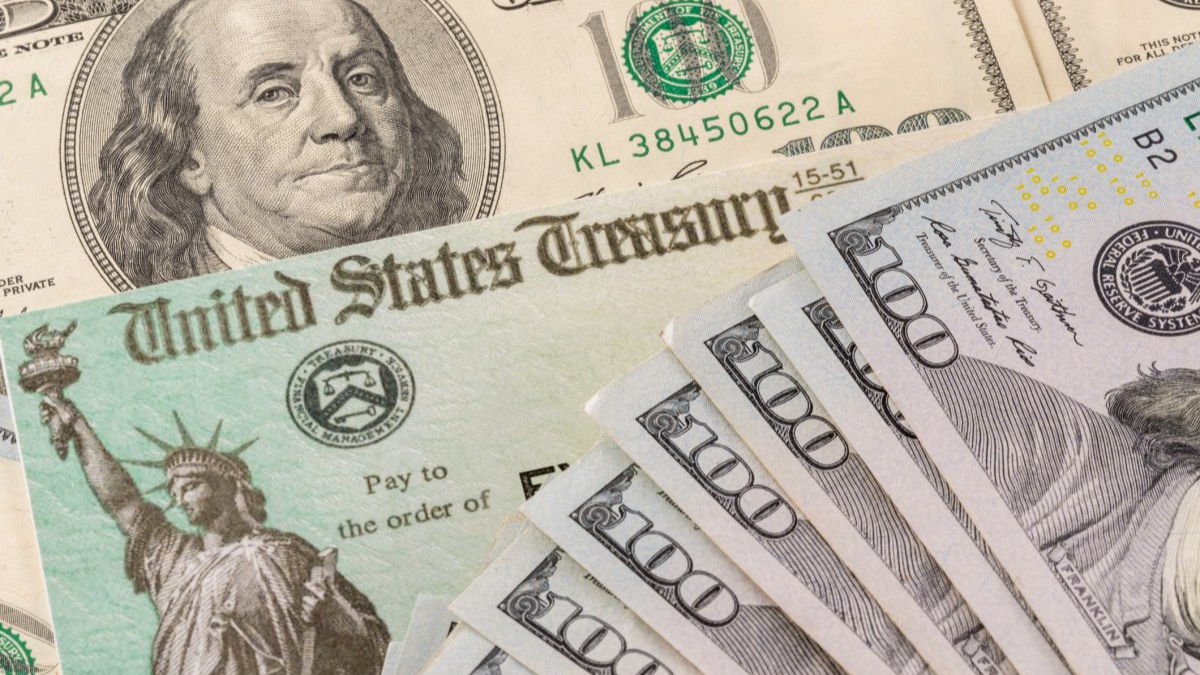A recent class action settlement involving Credit One Bank has reached a final agreement, resulting in a $14 million payout to eligible consumers. The lawsuit alleged that Credit One violated the Telephone Consumer Protection Act (TCPA) by placing unsolicited robocalls to individuals without proper consent. Now that the settlement has been approved, affected customers have a limited window to claim their share of the payout. Here’s a breakdown of who qualifies, how much you could receive, and how to file your claim.
Who Is Eligible for a Settlement Payment?
To qualify for compensation, you must have received a non-consensual call from Credit One Bank between October 2015 and March 2023. The calls must have used an automated dialer or prerecorded voice and been directed to your cellphone. Individuals who were not Credit One customers but still received these calls are also covered. If your number was on the calling list and you meet the conditions, you are part of the class.
| Eligibility Criteria | Details |
|---|---|
| Timeframe | October 2015 – March 2023 |
| Type of Call | Robocall or autodialed call to a mobile phone |
| Customer Status | You don’t need to be a Credit One customer to qualify |
| Consent Status | Call received without prior express consent |
| Claim Form Required | Yes – must be submitted by the deadline |
How Much Money Could You Receive?
The final payout per claimant depends on how many valid claims are submitted. From the $14 million settlement fund, money will be distributed equally among all approved claimants after legal fees and administrative costs. It is estimated that each eligible person could receive anywhere from $50 to $150, although the exact amount will not be confirmed until all claims are processed. Larger payments are possible if fewer people file.
When and How to File a Claim
If you believe you qualify, you must submit a claim form online or by mail before the official deadline, which is expected to fall in late August 2025. You will need to provide your phone number and confirm that you received robocalls from Credit One during the eligible period. You may also be asked to verify any documentation or email notices you received about the case. Claims can be submitted through the official settlement website.
What to Do if You Miss the Notice
If you didn’t receive a direct notice but believe you were affected, you can still file a claim. Visit the official settlement page, review the terms, and enter your phone number to check if you’re included in the class. It’s essential to act quickly, as late claims will not be honored. If you’re unsure, consider contacting the claims administrator listed on the official site for clarification and help.
The $14 million Credit One Bank class action settlement represents a significant win for consumers affected by unauthorized robocalls. If you think you’re eligible, don’t wait—submit your claim before the deadline and secure your portion of the payout. Even if you weren’t a Credit One customer, you may still qualify. It’s a quick and worthwhile step toward receiving fair compensation for privacy violations.
FAQ’s:
1. Do I need to be a Credit One customer to qualify?
No, even non-customers are eligible if they received unauthorized robocalls during the timeframe.
2. Is the settlement payment taxable?
Generally, small class action settlements like this are not taxable, but consult a tax advisor for your case.
3. How will I receive the payment?
Payments will be issued by check or direct deposit, depending on your selection during the claim process.
4. What is the deadline to file a claim?
The final claim submission deadline is expected in August 2025, but check the official website for updates.
5. Where can I check my eligibility?
You can visit the official settlement website and enter your phone number to see if you’re part of the class.




